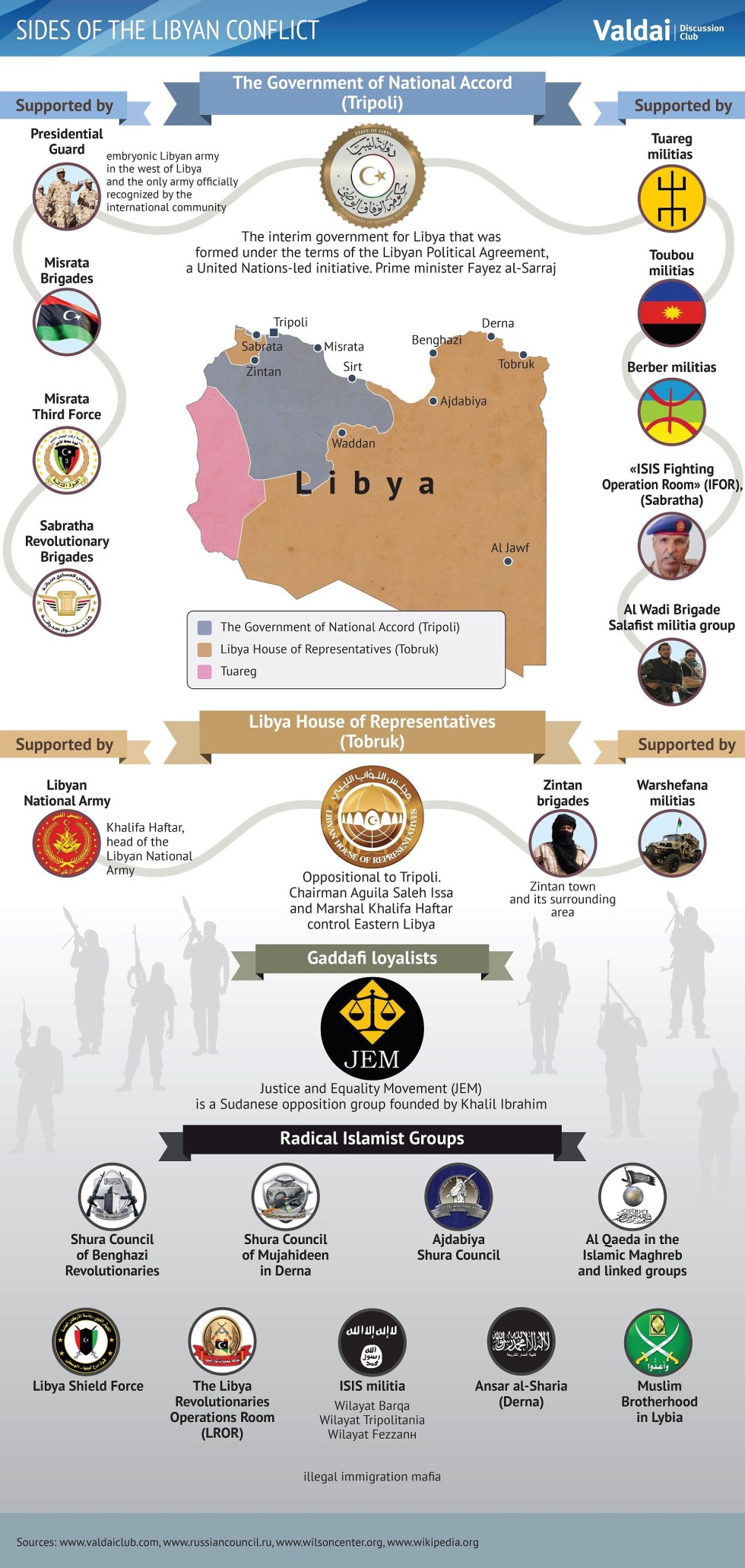Litter-strewn environments are bad for people and bad for wildlife, but despite what some industry and some NGOs tell us, littering is not just a consequence of people failing to use a bin, but also a reflection of industry reliance on disposable, throwaway products.
And while deposit return schemes are not the only answer to the plastics challenge, they can boost recycling and reduce litter. Anti-litter charities do great work in mobilising communities to clean their streets.
But too many of these NGOs have been set up by corporate lobby interests, are dependent on corporate funding, share staff with industry, allow corporate interests to set their direction, and / or act as consultants to industry.
[ > Corporate Europe Observatory — March 2018 ]



